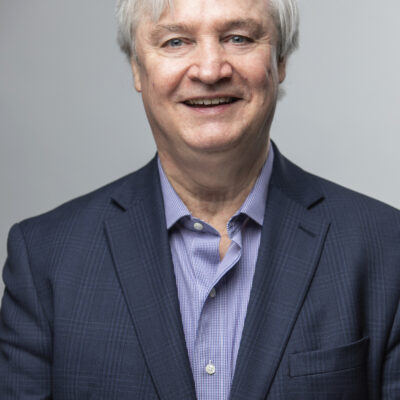
Media philanthropy is a growing force on the global stage, with foundation support increasing significantly in recent years, more than doubling from $915 million in 2009 to $1.9 billion in 2015, the last year for which complete figures were available. Altogether, media grants amounted to about $9.9 billion in that span, according to a new report from Media Impact Funders—Global Media Philanthropy: What Funders Need to Know About Data, Trends and Pressing Issues Facing the Field.
Of the nearly $10 billion in grants worldwide, $8.8 billion was distributed by U.S.-based funders, while $7.7 billion of the grants were received by organizations based in the United States (though some of those grants were intended for programs and operations carried out internationally). More dramatic than the increase in dollars granted, the number of grants shot up even more steeply, from 9,230 media grants in 2009 to 47,928 grants in 2015, suggesting that the field is much more vibrant now than it was in the past.
And not a moment too soon.
Every day around the world, journalists face arrest, detention, violence and even sometimes death at the hands of tyrannical governments, their allies and henchmen. Most notoriously, Washington Post columnist Jamal Khashoggi was viciously murdered by Saudi government agents in their consulate in Istanbul. Likewise, it has always been dangerous for reporters to cover the violent flashpoints of political and sectarian conflict, as was made painfully clear with the recent killing of Irish reporter Lyra McKee, shot dead during rioting last month in Derry, Northern Ireland.
It would be easy to see each case of journalists under fire as isolated. But the trend is rampant worldwide, as the Committee to Protect Journalists has reported three consecutive years of record-breaking levels of the detention of journalists. And now, even beacons of press freedom like the United States are growing dim under the pressure of the anti-press rhetoric and policies of President Donald Trump, who routinely calls the press “the enemy of the people.”
Safety and security of journalists was highlighted as one of the most prominent challenges in the field of media philanthropy, according to funders and media practitioners interviewed for MIF’s Global Media Philanthropy. According to the report, “Funders need to work more systematically to educate and protect themselves and their grantees.”
This theme was echoed at the Skoll World Forum last month, where speakers addressed the growing threats in a panel titled Journalists Under Fire. “We’ve been systematically collecting data about journalists imprisoned around the world since 1992,” said Joel Simon, executive director of the Committee to Protect Journalists. “The last three years are the highest we’ve ever seen. It’s clear, the threat to journalists has never been greater.”
The panel was moderated by Pat Mitchell, a member of the Skoll Foundation Board of Directors and author of the forthcoming memoir, Becoming a Dangerous Woman: Embracing a Life of Power and Purpose. On this topic, she said, it’s time for the social sector to step up its defense of press freedom. “We’re living in dangerous times, and it’s time for all of us to become a little bit dangerous.”
To put a finer point on things, it’s more dangerous for some than others.
Large international news organizations have long provided safety and security protections for their traveling correspondents, who often operate in dangerous circumstances, but eventually will exit to safety if the situation is too dangerous. Increasingly, though, there is a concern for the local reporters who live in conflict zones, as was highlighted by the Global Press Institute in a briefing at the Skoll Forum.
Emily Kaiser is chair of the Global Press Board of Directors and a member of the Board of Directors of the George Kaiser Family Foundation. Before that, she was a Reuters reporter in far-flung places, where she sometimes found herself in dangerous circumstances. In such situations, international journalists would be evacuated under military cover. But she asks, “What would you do if extraction is not an option?”
Global Press employs local reporters around the world to cover events in their native language for the local audience and in English translation for global distribution. In order to keep its employees safe, Global Press has established Duty of Care, a training program that helps journalists maintain safety in four key areas, including physical, emotional, digital and legal security. “When you run a program where local staff are in harm’s way, we have a duty to care for them holistically,” said Cristi Hegranes, founder and chief executive officer of Global Press.
Taken more broadly, philanthropic concern should extend to the security of all partners in the field, even beyond journalists. In an essay included in the new report on global media philanthropy, Rowan Reid and Marjorie Rouse of Internews stated, “While human rights and media organizations are often on the front lines of these attacks, risk and security must be considered when supporting health, environment, education, and other sectors as well, as they too are increasingly coming under attack.”
Make sure to read Luminate CEO Stephen King’s recent piece in the Chronicle of Philanthropy about the importance of philanthropic support of journalism—and the need for more of it.
